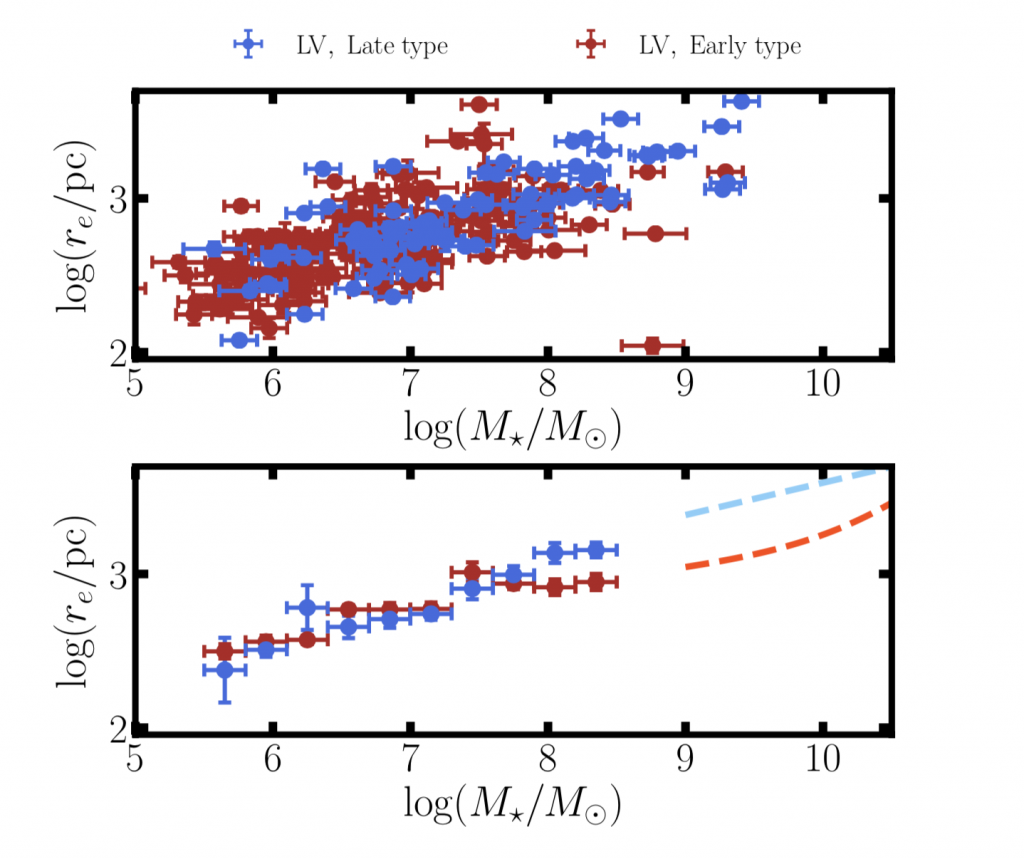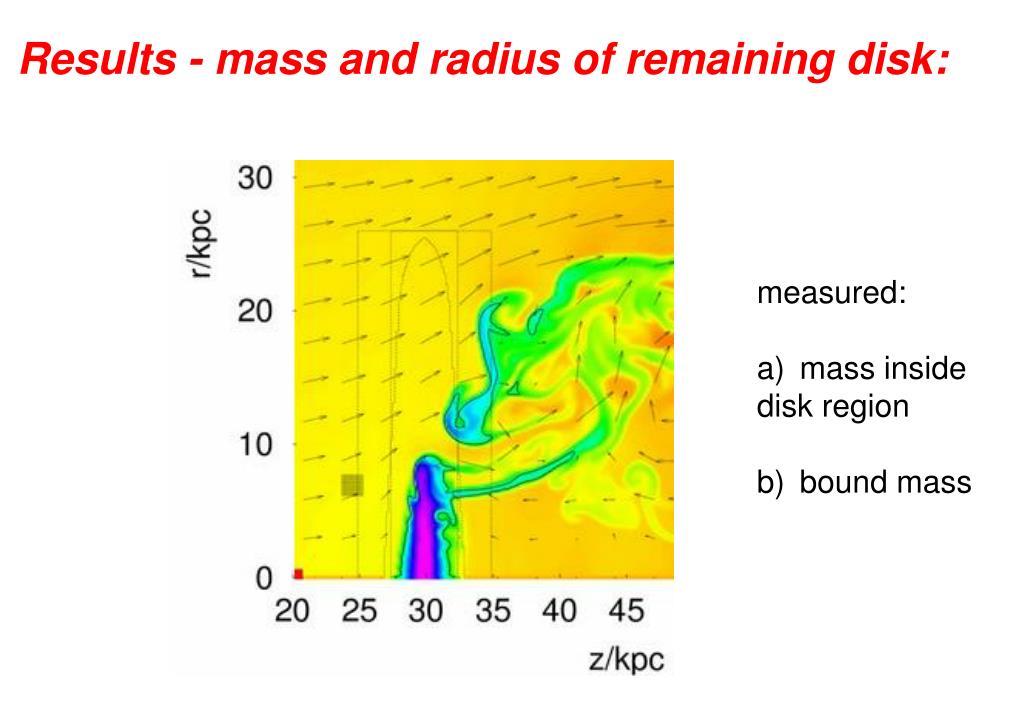

The CO-to-H conversion factor was estimated by (i) simultaneously solving for the conversion factor and the dust-to-gasratio by assuming that the latter is approximately constant on giant molecular cloud scales and (ii) by assuming that the dust-to-gasratio is proportional to the metallicity. New IRAM 30m HERA CO(2-1) dataof NGC 4654 are used to study the physical conditions of the ISM and its ability to form stars in the region where gas compressionoccurs.
STELLAR RAM PRESSURE PC
NGC 4654 shows a strongly compressed gas region near the outer edge of the optical disk, with H i surface densities(high H i surface density region) significantly exceeding the canonical value of 10-15 M (cid:12) pc −. NGC 4654 is a Virgo cluster galaxy seen almost face-on,which undergoes nearly edge-on gas ram pressure stripping and a fly-by gravitational interaction with another massive galaxy,NGC 4639. Bordeaux, CNRS, B18N, allée Geo ff roy Saint-Hilaire, 33615 Pessac, FranceNovemABSTRACTĭue to an environment that promotes gravitational interactions and ram pressure stripping, galaxies within clusters are particu-larly likely to present unusual interstellar medium (ISM) properties. Nehlig Université de Strasbourg, CNRS, Observatoire astronomique de Strasbourg, UMR 7550, F-67000 Strasbourg, France Laboratoire d’Astrophysique de Bordeaux, Univ. Gas compression and stellar feedback in the tidally interacting andram-pressure stripped Virgo spiral galaxy NGC 4654 The stellar feedback acts as a regulator of star-formation, increasing the turbulent velocity within the region.ĪAstronomy & Astrophysics manuscript no. Under the influence of stellar feedback, the gas density increases only moderately.

During a period of gas compression through external interactions, the gas surface density is enhanced, leading to an increased SFR and stellar feedback. We found that the 5 km/s increase in the intrinsic velocity dispersion is compatible with observations. The comparison between the velocity dispersion given by the moment 2 map and the intrinsic 3D velocity dispersion from the model were used to discriminate between regions of broader linewidths caused by a real increase in the velocity dispersion and those caused by an unresolved velocity gradient only. A dynamical model was used to reproduce the gas distribution of NGC 4654. A Toomre parameter ofĬombined with an increase in the velocity dispersion of 5 km/s are necessary conditions to simultaneously reproduce the gas surface densities and the SFR. Analytical models were used to reproduce radial profiles of the SFR and the atomic and molecular surface densities. The CO-to-HĬonversion factor was estimated and found to be one to two times the Galactic value with significant decrease in the ratio between the molecular fraction and the total ISM pressure in the HSDR, self-gravitating gas, a Toomre parameter belowĪnd star-formation efficiency 1.5-2 times higher. New IRAM 30m HERA CO(2-1) data of NGC 4654 are used to study the physical conditions of the ISM. NGC 4654 shows a strongly compressed gas region near the outer edge of the optical disk, with HI surface densities (HSDR), exceeding the canonical value of 10-15 Msun/pc2. NGC 4654 is a Virgo galaxy seen almost face-on, which undergoes nearly edge-on gas ram pressure stripping and a fly-by gravitational interaction with another massive galaxy, NGC 4639.


 0 kommentar(er)
0 kommentar(er)
